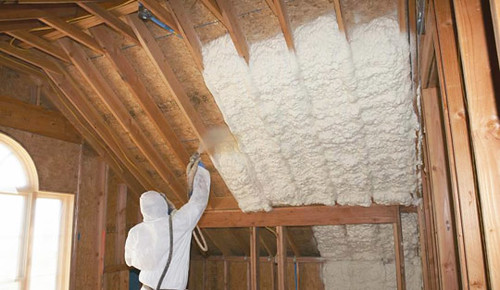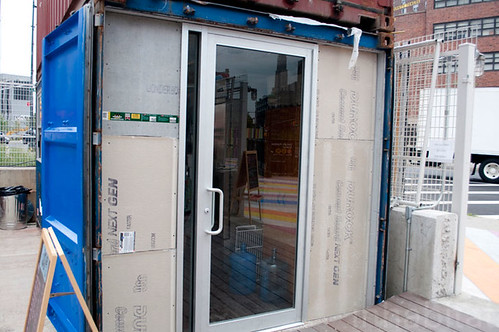Hello, fellow container home enthusiasts! I’m Lulaa Black, your friendly neighborhood container home aficionado, and I’ve been navigating the wacky world of container homes for the past four years. Today, I’m going to spill the beans (or should I say, container contents?) on the art of insulating and weatherproofing these remarkable steel giants. Buckle up; it’s going to be a wild ride through the world of weatherproofing and insulation!
Insulation and Weatherproofing Matter
Before we dive headfirst into the nitty-gritty of insulation and weatherproofing, let’s address the elephant in the container home: Why do we need to bother with this stuff, anyway?
First and foremost, container homes aren’t your typical brick-and-mortar abodes. They’re constructed from steel boxes originally designed to withstand the high seas, not to provide a cozy living environment. So, unless you fancy living in an oven during the summer and an icebox in the winter, insulation and weatherproofing are your best friends.
Moreover, proper insulation and weatherproofing can help you save a pretty penny on energy bills. Who doesn’t love the idea of a lower carbon footprint and more money in their pockets?
The Art of Insulation

Alright, let’s get into the meat of the matter – insulation. There are several insulation options to consider, each with its pros and cons.
Spray Foam Insulation is like the superhero of insulation. It seals every nook and cranny, making it incredibly effective at keeping your container home cozy. However, it can be a bit pricey.
Fiberglass Insulation more budget-friendly option, fiberglass insulation comes in rolls or batts. While it’s easy on the wallet, it requires careful installation to avoid air gaps.
Reflective Foil Insulation, Think of this as your container home’s shiny armor. It reflects heat away, keeping your home cooler in the summer. It’s especially handy if you’re in a scorching climate.
Cellulose Insulation from recycled paper, cellulose insulation is eco-friendly and effective. Just make sure it’s properly sealed to prevent moisture issues.
Weatherproofing Wonders
Once your insulation game is strong, it’s time to tackle the elements. Here’s how to weatherproof like a pro:
Seal every nook and cranny with caulk, expanding foam, or weatherstripping. Don’t let those pesky drafts sneak in.
Invest in energy-efficient doors and windows. These are your first line of defense against the elements.
Whether you opt for a green roof, a cool roof, or a standard metal one, ensure it’s properly installed and sealed.
Some container homes benefit from an exterior cladding to enhance their weather resistance. Options include wood, vinyl, or cement board siding.
Ventilation Matters Too

We’re not done just yet. Ventilation is a crucial element in maintaining a healthy, comfortable container home. Without it, you might end up with a moldy, stuffy, or overly humid space. Here’s what you need to know:
Consider strategically placing windows to encourage cross-ventilation. This way, you can welcome in the breeze on a warm summer day.
Invest in mechanical ventilation systems like exhaust fans or heat recovery ventilators (HRVs) to maintain air quality and prevent moisture buildup.
Don’t Forget the Finishing Touches
Now that you’ve fortified your container home against the elements, don’t forget the finishing touches that add both style and functionality:
Get creative with your interior design to make your container home feel warm and welcoming. Think cozy rugs, plush cushions, and wall art that reflects your personality.
Consider implementing sustainable practices like solar panels, rainwater harvesting, and energy-efficient appliances. It’s good for the environment and your wallet.
A well-planned garden or outdoor living area can extend your living space and make your container home feel even more inviting.
Keep an eye on your container home’s condition. Check for leaks, rust, or any signs of wear and tear, and address issues promptly.
In conclusion, insulating and weatherproofing your container home is not only a matter of comfort but also a wise investment. With the right materials, techniques, and a touch of creativity, you can transform your steel box into a cozy, weather-resistant sanctuary that stands up to the elements.
So there you have it, my fellow container home enthusiasts! Armed with this knowledge, you’re well on your way to creating a snug and weatherproof haven within those steel walls. Remember, your container home is a reflection of your unique style and personality, so don’t be afraid to get creative. Happy container home living!





















Find Us on Socials